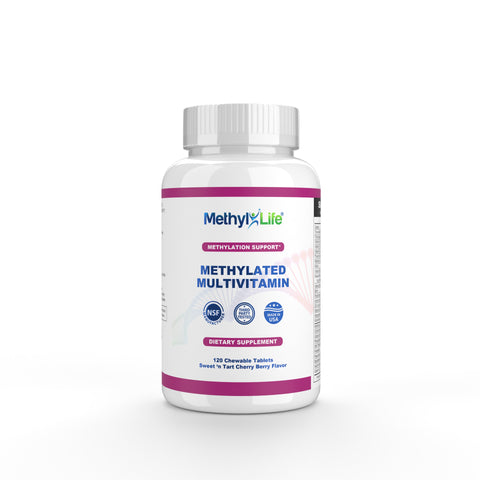Symptoms/early signs of MTHFR in babies
The MTHFR genetic mutation does not typically produce signs or symptoms in babies or young children.
However, some MTHFR variants are a risk factor for neural tube defects such as spina bifida. This risk is highest with the homozygous MTHFR 677TT, which is associated with approximately a 70% increased risk for spina bifida.1
A mutation on the MTHFR gene may lead to impaired function of the MTHFR enzyme, which may lead to a deficiency in folate and several other nutrients. Folate is required during the period of the rapid growth in infancy and childhood, and deficiency during early childhood can lead to poor growth and impaired brain development.2















